Created by the Clark shoe company in 1965, Wallabees are comfortable shoes featuring a moccasin-like upper with a thick outsole. This unique sole is made from plantation crepe, a type of natural rubber with a crinkled appearance. Because all shoes eventually get dirty, it's important to understand the best ways to clean your Wallabees without ruining their soles.
Remove any debris like mud or dirt with a clean dry washcloth or towel. Rub the washcloth from the middle towards the outside of the shoe over the sink or outside.
Dampen the surface of the wallabe soles with a spray bottle of water mixed with a few drops of dish washing detergent containing a de-greaser. Be careful not to get the solution on the suede or leather.
Rub the wet sole with a clean wet washcloth to loosen any remaining dirt or debris and remove any excess suds from the spray bottle. Keep moistening the washcloth and repeating until no suds remain. Let the soles air dry.
Take a large rubber pencil eraser and rub it gently across the bottom of the shoe. The reaction of the rubber against the crepe rubber should loosen up remaining dirt or grime that did not come out during the washing steps.
Related Articles

How to Clean Vans Slip Ons
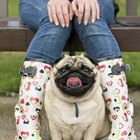
How to Clean Scuffed Up Rain Boots
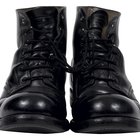
How to Treat Doc Martens With Mink Oil

How to Loosen Nike Dunks

How to Care for Copa Mundial

How to Wash Mesh Athletic Shoes
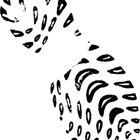
How to Clean Diesel Shoes

How to Restore Whiteness to Canvas Shoes
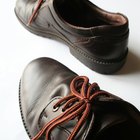
How to Clean Leather Shoes Naturally

How to Keep Nike Air Forces Like New
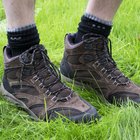
How to Clean Your Merrell Shoes

How to Deodorize Crocs
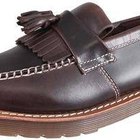
How to Clean Dr. Martens Shoes

How to Shine Patent Leather Shoes
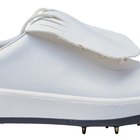
How to Clean the Tongues of Shoes

How to Clean Inside of Clarks Shoes

How to Stop Clog Shoes From Squeaking

How to Clean Superfeet Foot Insoles

How to Clean TEVA Sandals

How to Clean Retro 11 Jordans
References
Writer Bio
Chris Sherwood is a professional journalist who after years in the health administration field and writing health and wellness articles turned towards organic sustainable gardening and food education. He now owns and operates an organic-method small farm focusing his research and writing on both organic gardening methods and hydroponics.